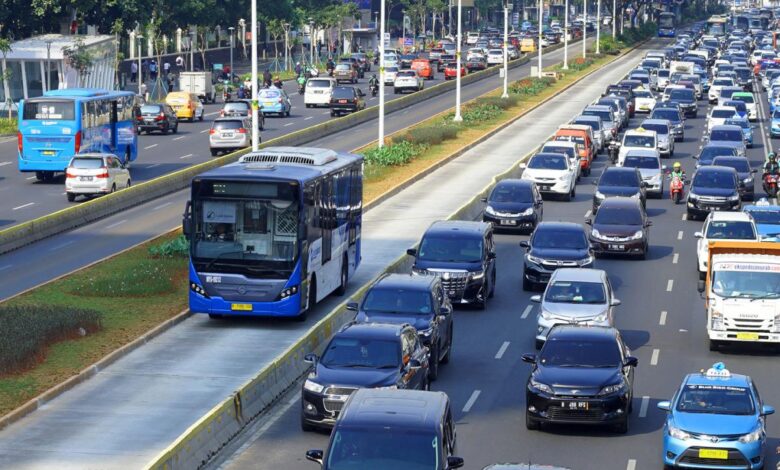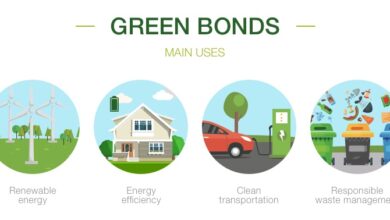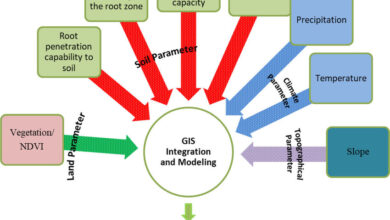The Advantages of Sustainable Transportation for Urban Areas

Sustainable transportation is a type of transportation that uses resources efficiently and has a minimal negative impact on the environment. In urban areas, where transportation is a significant source of air pollution and traffic congestion, sustainable transportation is crucial for improving the quality of life for residents and promoting a healthy environment. In this article, we will discuss the advantages of sustainable transportation for urban areas, the different options available, and the challenges that need to be addressed to promote sustainable transportation.
Benefits of Sustainable Transportation in Urban Areas
Reducing Traffic Congestion
One of the most significant advantages of sustainable transportation in urban areas is the reduction of traffic congestion. With the increasing number of cars on the road, congestion is a major issue in many cities. Sustainable transportation options such as public transportation, walking, and cycling can help reduce the number of cars on the road, thereby reducing traffic congestion.
Reducing Air Pollution
Another advantage of sustainable transportation in urban areas is the reduction of air pollution. Transportation is a significant source of air pollution, and it has a direct impact on public health. Sustainable transportation options such as electric vehicles, public transportation, and cycling can help reduce air pollution levels, improve air quality, and promote public health.
Promoting Public Health
Sustainable transportation options such as walking and cycling also have health benefits. Regular physical activity, such as walking and cycling, can help prevent chronic diseases such as obesity, diabetes, and heart disease. Additionally, sustainable transportation options promote active transportation, which has been shown to reduce stress levels, improve mental health, and enhance overall well-being.
Cost Savings
Sustainable transportation options can also result in cost savings. Public transportation is generally more affordable than driving and walking and cycling do not require any transportation costs. Additionally, electric vehicles are becoming more affordable, and they offer significant long-term savings on fuel costs and maintenance.
Enhancing Community Livability
Sustainable transportation options such as walking and cycling can enhance community livability. They promote social interaction, reduce noise levels, and create a more pleasant environment for residents. Additionally, sustainable transportation options promote the use of public spaces and support local businesses, contributing to a vibrant and sustainable community.
Sustainable Transportation Options for Urban Areas
Walking and Cycling
Walking and cycling are the most sustainable transportation options and have numerous benefits. They promote physical activity, reduce traffic congestion, and do not produce any air pollution. In urban areas, walking and cycling infrastructure should be developed to encourage residents to use these sustainable transportation options.
Public Transportation
Public transportation is an essential component of sustainable transportation in urban areas. It provides an affordable and environmentally friendly transportation option for residents, reducing traffic congestion and air pollution. Urban areas should prioritize the development of efficient and accessible
Electric Vehicles
Electric vehicles are becoming increasingly popular as a sustainable transportation option in urban areas. They produce zero emissions and are more energy-efficient than traditional gasoline vehicles. However, the adoption of electric vehicles is still limited due to the high initial cost, limited charging infrastructure, and range anxiety.
Carpooling and Ridesharing
Carpooling and ridesharing are also sustainable transportation options that can help reduce traffic congestion and air pollution. By sharing rides, the number of cars on the road can be reduced, and the cost of transportation can be shared among passengers.
Challenges to Sustainable Transportation in Urban Areas
Limited Infrastructure
One of the major challenges to promoting sustainable transportation in urban areas is the limited infrastructure for sustainable transportation options. For instance, walking and cycling infrastructure may be lacking, and public transportation may not be efficient or accessible. It is important for urban areas to invest in sustainable transportation infrastructure to promote its adoption.
Public Perception and Behavior
Public perception and behavior also present challenges to sustainable transportation in urban areas. Many people may still view driving as the most convenient transportation option, and they may not be aware of the benefits of sustainable transportation. It is important to educate the public on the advantages of sustainable transportation and to encourage behavior change.
Political Will and Support
Political will and support are also essential for promoting sustainable transportation in urban areas. It is important for governments to invest in sustainable transportation infrastructure and to provide incentives for the adoption of sustainable transportation options. Additionally, policies such as congestion pricing and parking fees can encourage the use of sustainable transportation options.
Economic Constraints
Economic constraints may also present challenges to the adoption of sustainable transportation options. Electric vehicles and sustainable transportation infrastructure may have high initial costs, which may deter individuals from adopting them. However, in the long run, sustainable transportation options can result in cost savings and other benefits, making them a wise investment.



